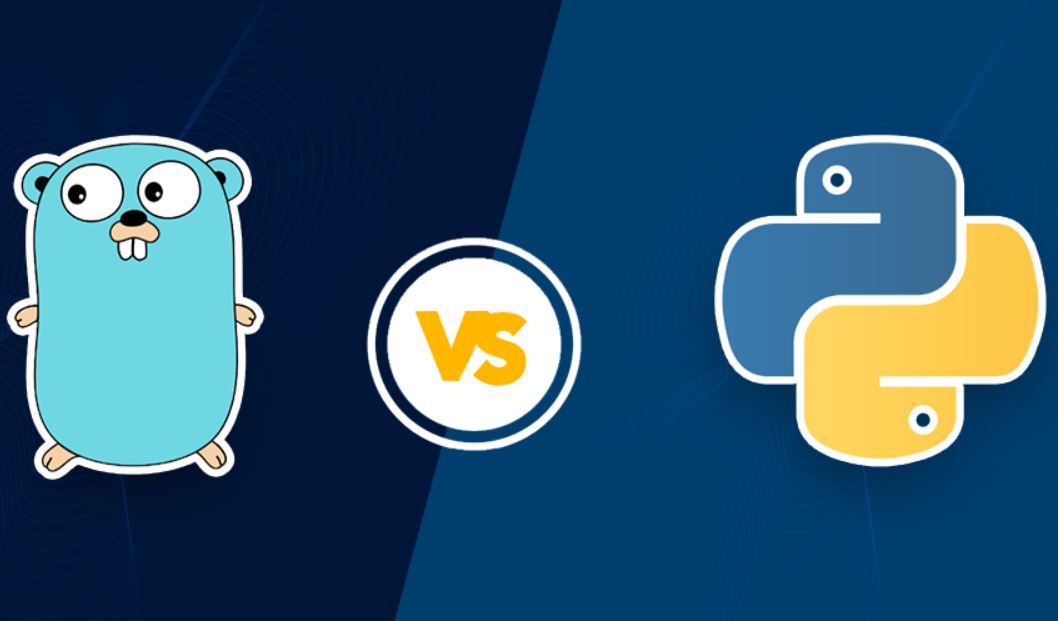Introduction
The selection and adoption of programming language can be a deal-maker or breaker for businesses. Every business development executive tends to differ when it comes to decisions like preferences, ideas, and requirements. Spoilt for choice with options like Python, Go language, Ruby, JavaScript, C++, and PHP, among many more, a business owner can find himself at a crossroads during decision making.
Python and Go Language are two favorites for web developers across the globe. Both the languages work with short, readable codes and are more or less simplicity driven. If you are having a hard time choosing between Python and Go, we’ve got your back! In this article, we shed light on vivid functionalities that both programming languages offer. We compare them on criteria like performance, scalability, applications, ease of project execution, and availability of libraries.
Introduction to Python and Go
In 1991, Python introduced as an interpreted language; this means that the written code does not need to be compiled to run. The language works as an easily accessible source code for your business website.
Go language is based on the syntax of the C programming language and aimed to omit out the “extraneous garbage” of languages such as C++. An open-source programming language, Google’s Go is easy to use. It is strongly-typed and is used for front-end and back-end applications in development. Features like method and operator overloading, pointer arithmetic, and type inheritance make it a hit among users.
Comparison between Python and Go
- Performance
When it comes to solving complex functions that involve the use of memory and are time incurring, Go triumphs over Python. Go is better at conducting complex computations when compared to Python.
- Scalability
Scalability allows businesses to grow sustainably, and a programming language must support the need of the company to do so. Go language can easily integrate with projects that involve large teams of programmers who work on significant server software and are hosted on gigantic clusters. Concurrency means that an application makes progress on multiple tasks at the same time, i.e., concurrently.
Go comes with inbuilt support for concurrent process channeling. In comparison, Python is incompetent when it comes to concurrency. However, it can implement parallelism through threads. The language splits tasks into smaller subtasks, which are processed parallelly. Conclusively, Go is a more scalable business solution than Python.
- Applications
The easy-to-use language has seen massive adoption due to the conveniences that these libraries bring in to new and budding developers. It brings functionalities like Machine learning, artificial intelligence (AI), Big Data, and Robotics to a web/software development project. The language is used to mitigate cybersecurity challenges in web development projects too. Highly versatile, Python language is being adopted by developers for data science, web development, utility programming, and as a general-purpose programming language. It also supports full-stack development. Veteran developers think that Python is better than Go for building analytical tools and datasets.
In comparison, developers choose Go language to work on concurrent applications, as they can break the work up into multiple threads during the project execution phase. A Go code can even be transpile into JavaScript. The language is best suited for today’s microservice software architectures. It is easy to maintain relatively small services with Go. The cross-platform language allows you to use the operating system of your choice when compiling the code. When it comes to a superior debugging quality helping it gain popularity over other languages, excellent concurrency makes Go widely accepted in projects that involve cloud computing or cluster computing field. Golang libraries allow software developers to set up a web server in a jiffy.
- Execution
While Python is a dynamically typed language that uses an interpreter. The interpreter implements the inference here; hence there is a risk that some bugs may remain in cases where interpreter interprets incorrectly. Compared to Python, Golang is a statically typed one that works with a compiler. Here the variable types are declared explicitly for the compiler, so even trivial bugs are caught with ease.
- Libraries
Libraries serve as a boon to developers. Python takes an easy win when libraries for both programming languages are compared. An empowering list of libraries like NumPy, Keras, Scikit-learn, Pandas, Tensorflow, and SciPy help businesses save resources like time and money when they choose Python programming language. They help developers in handling and complex matrix functions. Go also features some inbuilt Go libraries. While limited in number, Go libraries cover the same usage fields as Python’s. Go libraries aid developers with web development, database handling, concurrent programming, and encryption too.
Conclusion
Deriving from comparisons made above, it is easy to conclude that Go enjoys an upper hand over Python in most cases. The language Go is a popular choice among businesses and developers community because of its vivid simplicity, advanced compilation capabilities, modern concurrency, channels, and a stellar ecosystem that it features. Enterprises rely on Go to build web applications and business websites in less time and with minimal expenses.









